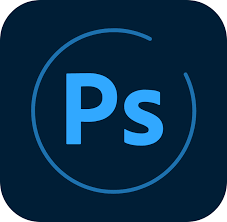APP OF THE MONTH: PhotoShop Camera
| Name | Adobe Photoshop Camera |
| Product Description | Take the perfect picture! Look like you’ve spent hours editing your images in Photoshop by just picking an awesome filter, then show it off on your Social Media. |
| Availability | Available from the Apple App Store and Google Play Store. |
| Key Features | · Loads of free filters with new ones uploaded every week. Whether you’re looking for Studio style lighting, enhanced sky in your landscapes or a detailed night time lens there’s something for everyone.
· Photos are edited automatically so that you get professional shots with every photo you take. · Influencer designed lenses so you can create content just like that of your favourite Instagram celebrity. · Awesome artistic lenses from Pop-Art to Sketch to transform your images to look like the work of a master painter. · Inbuilt AI looks at your content and suggests filters to you, automatically applying the effects you need to make your photos look awesome with minimal effort. · Portrait controls for the perfect lighting and appearance! When taking group shots the built in AI recognises people as the subject so as not to distort images. |
| Prices and Plans | Completely free! Which for an Adobe product is fantastic… hopefully a vision of things to come. |
| Biggest Pro | The huge number of filters is bound to get your creative juices flowing. |
| Biggest Con | It’s pretty basic, you’ll wanna stick to SnapChat for your selfie filters, but it’ll really enhance your other content. |
So, not only can you spend hours of your currently monotonous locked in lifestyle scrolling through filters but you can make your social look sick!
Do you use Photoshop Camera to pimp up your Instagram? Share your pictures with us on Instagram @TheArtzBiz
We’d love to see them!


